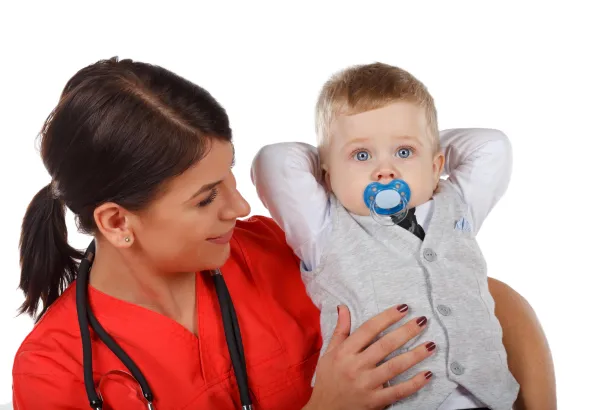Add to Your Flu Vaccine Coding Knowledge With This Update
AAP guidance gets some small but critical tweaks. The American Academy of Pediatrics (AAP) recently updated its annual guidance for flu prevention. Most of their major recommendations remain the same as previous years, but the AAP has also provided updates you should keep in mind as the season gets underway. What Hasn’t Changed? “Not a whole lot has changed for coding influenza vaccines and/or administration,” says Donna Walaszek, CCS-P, billing manager, credentialing/coding specialist for Northampton Area Pediatrics, LLP, in Northampton, Massachusetts. The AAP still recommends “routine annual influenza vaccination for all persons aged 6 months and older who do not have contraindications,” Walaszek notes. They also do not recommend any specific vaccine or formula, preferring instead to recommend any available “licensed, recommended, age-appropriate vaccine” for patients. This includes the following list of vaccines, which you will document with the relevant CPT® codes: Note: Two other CPT® quadrivalent codes — 90630 (Influenza virus vaccine, quadrivalent (IIV4), split virus, preservative free, for intradermal use) and 90688 (Influenza virus vaccine, quadrivalent (IIV4), split virus, 0.5 mL dosage, for intramuscular use) — will not be in play for the 2021-2022 flu season. Don’t forget (1): While the vaccines haven’t changed that much, pricing has. That means “providers should make sure their practice has updated their charges associated with their privately supplied vaccines to ensure maximum reimbursement. They can refer to www.cms.gov/Medicare/Medicare-Fee-for-Service-Part-B-Drugs/McrPartBDrugAvgSalesPrice/VaccinesPricing or refer to their practice invoices to ensure cost reimbursement,” Walaszek advises. What Has Changed? The Key Updates You should pay close attention to the following three of AAP’s key updates for the 2021-2022 flu season, as they have particular relevance to your coding: No more trivalent vaccines: This season, “all pediatric and adult seasonal influenza vaccines are quadrivalent,” and “trivalent vaccines are no longer expected to be available in the United States,” according to AAP. This means you won’t be documenting CPT® codes 90654, 90655-90660, 90661, and 90673 (Influenza virus vaccine, trivalent …) for the upcoming winter. 1 dose or 2? While most of your patients will only require one dose of the flu vaccine, some will need two. They include children 6 months through 8 years of age: Children in this category “should be offered a vaccination as soon as influenza vaccines become available and should receive two doses of vaccine four weeks apart,” AAP recommends. Guidance for COVID: AAP also adds two key pieces of advice for flu vaccine administration during the current pandemic. Importantly, Don’t forget (2): Make sure you add the appropriate immunization administration code from 90460/+90461 (Immunization administration through 18 years of age via any route of administration, with counseling …), 90471/+90472 (Immunization administration (includes percutaneous, intradermal, subcutaneous, or intramuscular injections) …), or 90473/+90474 (Immunization administration by intranasal or oral route …). “These are tiny codes that make up the thinnest sliver of our healthcare expense, yet they are what keep pediatricians alive,” observes Chip Hart, director of PCC’s Pediatric Solutions Consulting Group in Vermont and author of the blog “Confessions of a Pediatric Practice Consultant.” For the AAP’s full Recommendations for Prevention and Control of Influenza in Children, 2021–2022, go to pediatrics.aappublications.org/content/early/2021/09/03/peds.2021-053744#T4 .





